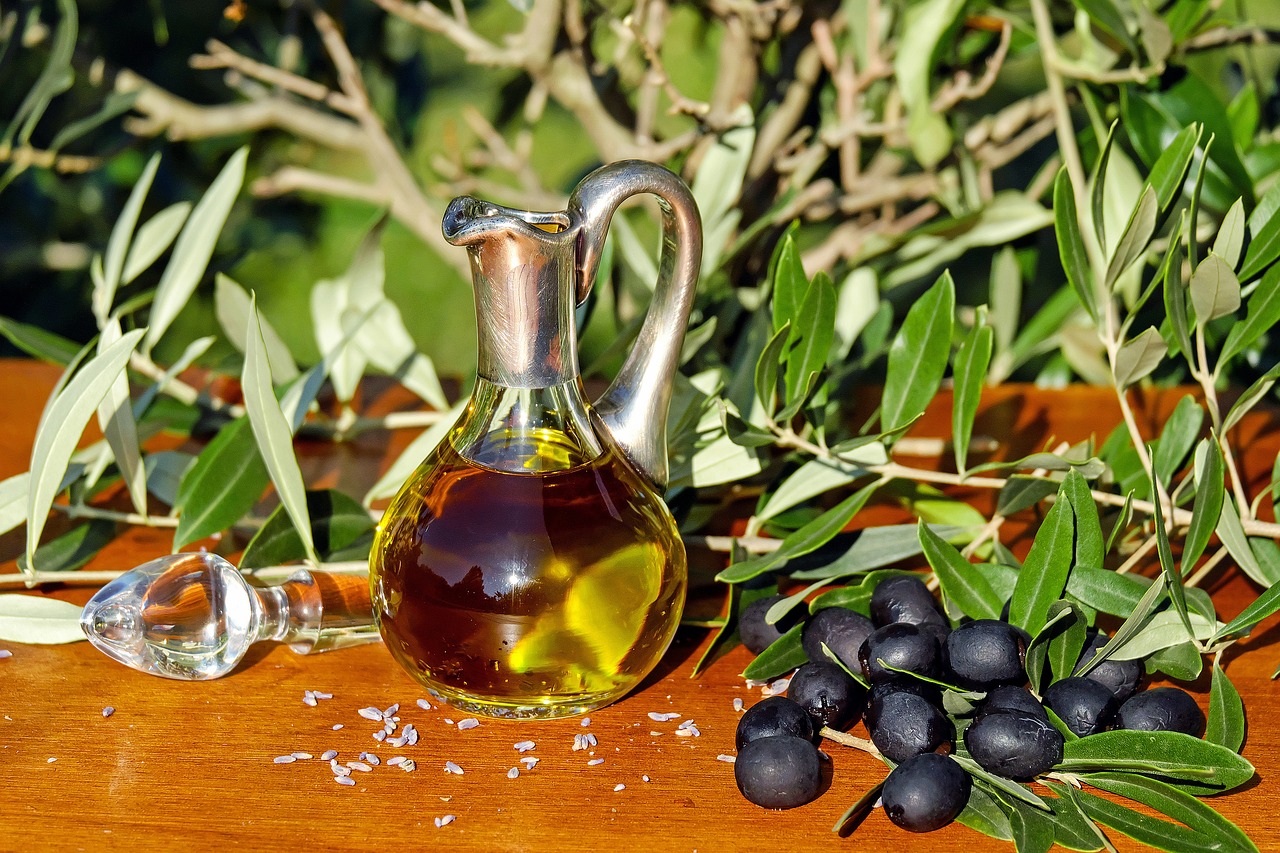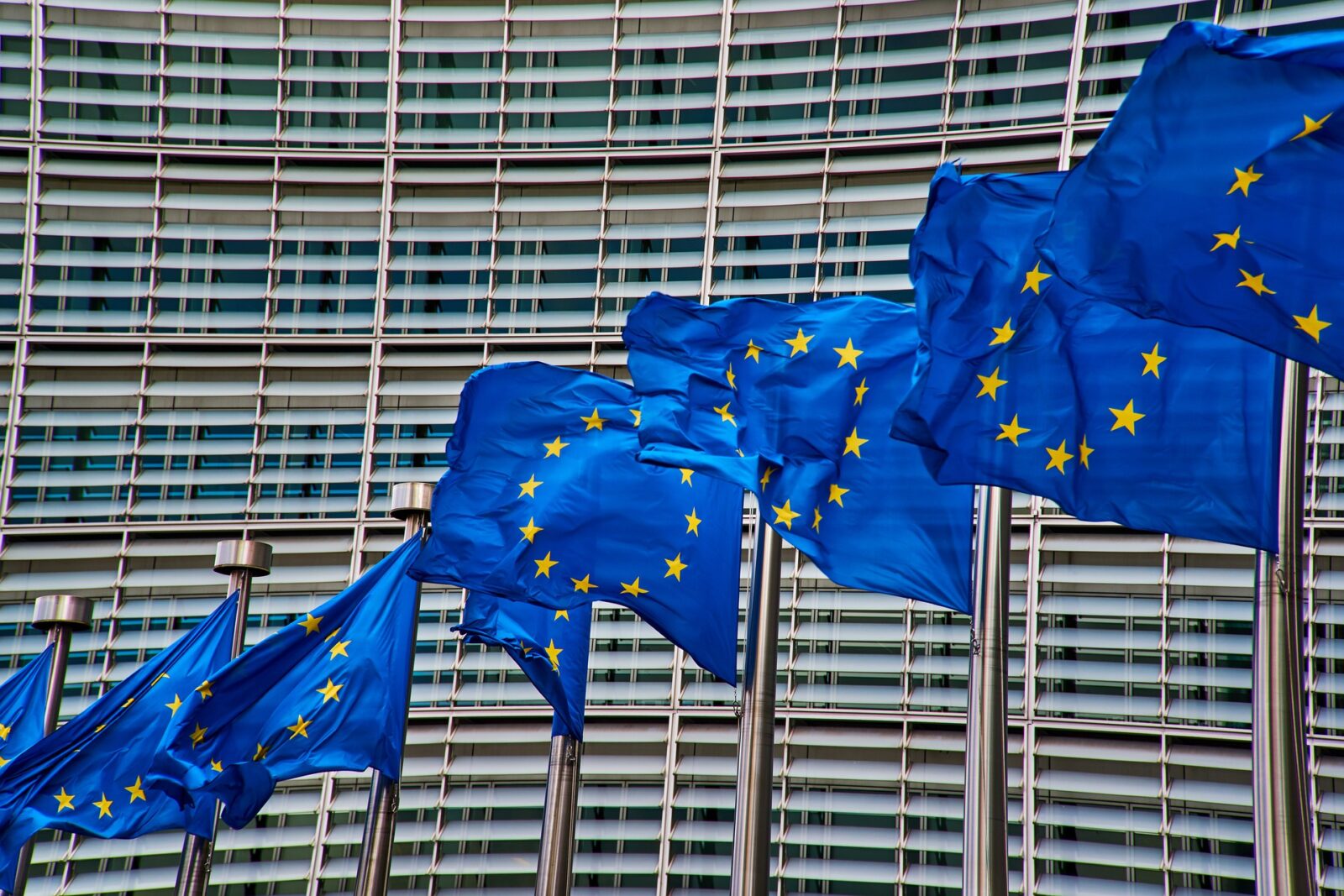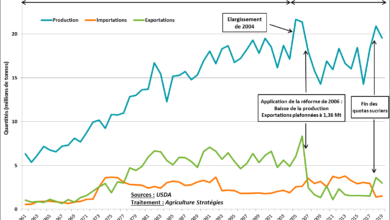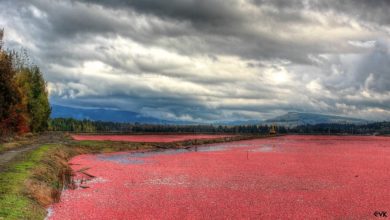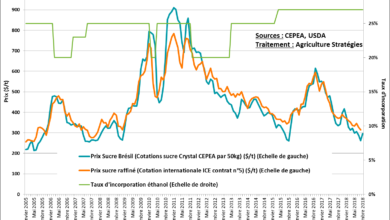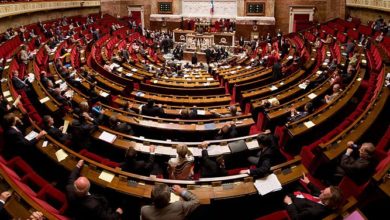
In a recent interview granted to AgraPresse during the first congress of the French viticulture sector, Phil Hogan, the European Commissioner for Agriculture, spoke on the directions taken by the French wine growing and making sector, and designated wine as one of the CAP success stories. Considering the current agricultural crisis, no one would contradict him as there are not many instances of CAP success. Yet, as we look into the Commissioner’s argument, we can only disagree on the causes of this achievement, especially since we feel the current success of the wine industry is based on the fact that it has been an exception to the CAP deregulation.
First and foremost, Phil Hogan describes the 2008 wine sector reform that helped channeling all public subsidies on vineyard restructuring and promotion as “a good operation”. This is true, but we must remember that this reform was especially marked by the industry’s refusal to implement the decoupling of subsidies, and therefore break away from the system of area-based compensations and their negative effects. Instead, funds managed by member states and inter-professional organizations were granted in each zone to invest in transformation tools and strengthen collective management.
Second, by labeling crisis distillation as “outdated market mechanisms”, the Commissioner seems to forget that, while they are now clearly less subsidized, most distillation tools have been maintained in place, since the opportunity to use them again still exists. More importantly, while these tools are less essential to manage well-balanced volumes, subsidies for vineyard grubbing-up and restructuring have, for the past 30 years, helped to quantitatively and qualitatively readdress production to consumer expectations. As the old saying goes “better chop off one’s hand than one’s arm”, we are talking about collective foresight and political drive, and not about a laisser-faire approach while supply adjusts by itself.
Thirdly, the Commissioner feels that “the likelihood of a major market imbalance is relatively low, and will remain so as long as the current system of planting authorization does not change”. This can only be seen as a positive indicator regarding the future of the last scheme to control supply at the EU level, since the others were cancelled with all too familiar consequences. However, we must remember the fight led by the sector, with the European Assembly of Wine Regions (AREV) at the forefront, to implement this new system instead of planting rights whose elimination was proposed by the Commission during the 2010 reform. Yet, it must be noted that regulating volumes is not limited to the sole planting authorization scheme that must allow a 1% annual increase of areas. For the major productions labeled as “Appellation d’Origine Contrôlée” (controlled geographical indication), both areas and yields are regulated within each inter-professional organization, and much is still required so that these efficient regulation mechanisms are no longer the target of ultra-liberals.
Fourth, the Commissioner acknowledges that mutual funds and crop insurance systems only have a very limited role in national programs. This admission of failure regarding economic mutual funds is all the more disturbing, since their development continues to be promoted in the CAP for other sectors under the term of “income stabilization tools”.
Lastly, at a time when the number of European market observatories is increasing, Phil Hogan does not want such institution to be developed for wine. He justifies his opposition by the fact that these observatories were created to “support liberalization”, and that wine is not a commodity, that is to say an undifferentiated raw production. As we still remember the pictures of tank cars carrying wine in the 1970s, we are tempted to reply that wine is no longer a commodity, thanks to the efforts and the foresight of operators and public authorities, who restructured an ailing mass production.
In the end, yes, wine certainly is one––or even the––CAP success story. In France, the European largest agricultural producer, the agro-food trade balance becomes negative (-€5.3 billion in 2016) if we deduct the €11.4 billion of wine and spirit surpluses. This is all the more noteworthy when we know that vineyards only account for 2.5% of total farmland. A rationale of investment rather than of compensation and a common strategy by stakeholders and regulatory tools to adjust supply to demand have been the components to break from this commodity-based rationale. Could this success story provide the solutions to the headaches of other European sectors?
Frédéric Courleux, Director of studies of Agriculture Strategies


